Gold Rush Roots: Denim Finds Its Legs
In the 1850s, as hopeful adventurers chased dreams of gold in California, Levi Strauss—an immigrant from Bavaria—saw a different kind of goldmine. Settling in San Francisco in 1853, Levi realized miners needed pants tough enough to survive endless days digging through rocky tunnels and dusty trails. His clever solution? Sturdy canvas fabric (originally intended for tents!) turned into rugged work pants. Miners instantly loved them. Soon, Levi swapped out canvas for a strong twilled cotton from France, called serge de Nîmes, better known today as denim. Dyed a rich, deep indigo, these pants quickly became the go-to clothing for miners, farmers, and cowboys all across the American West. But Levi didn't stop there. In 1873, he teamed up with a savvy tailor named Jacob Davis, who added copper rivets to make the pants extra durable. Together, they created the legendary "XX waist overalls," later known worldwide as Levi’s iconic 501 jeans. With their bright orange stitching, durable rivets, and a leather patch showing two horses tugging at jeans to demonstrate their strength, a true American legend was born. Soon, others joined the denim adventure. Henry David Lee in Kansas began crafting his own denim dungarees, while OshKosh B’Gosh produced bib overalls beloved by railroad workers, farmers, and families nationwide. Cone Mills, founded in North Carolina in 1905, supplied denim fabric to these iconic brands for generations, making denim truly woven into America’s story.
From Cowboys to Cool Kids: Denim’s Star Rises
As the American frontier transformed into ranches, towns, and railways, denim pants (known affectionately as “Texas pants”) became the unofficial uniform of hard-working Americans everywhere. Cowboys loved denim for its strength in the saddle, and Hollywood stars like John Wayne wore Levi’s jeans, making them forever linked with adventure and authenticity. After World War II, denim got even cooler. Veterans proudly wore their worn-in Levi’s and Lee jeans, and by the 1950s, teenagers saw jeans as the ultimate symbol of freedom and rebellion. Jeans became more than just pants; they told stories through every faded knee, oil stain, and torn pocket. In a world filled with disposable fashion, denim stood apart: reliable, tough, and full of personality.
From America to Japan: Denim’s Next Chapter
Across the ocean, denim found a new fanbase in post-war Japan. American G.I.s brought their Levi’s to Japanese cities, sparking excitement for this sturdy American fabric. Denim quickly became an obsession—young people loved the soft, faded jeans, nicknamed "Jiipan" (short for G.I. pants). Owning a pair was like having a piece of America’s rebellious spirit right in your closet. As the demand exploded, local artisans in Okayama, Japan began crafting denim jeans themselves. After a few bumps (their early denim didn't fade!), Japanese mills finally perfected American-style denim with just the right fade, texture, and soul. Brands like Big John and Edwin skyrocketed, turning Japanese denim into an art form, blending meticulous craftsmanship and deep respect for heritage. In the 1980s, Japanese denim enthusiasts studied vintage American jeans down to the smallest stitch. They hunted down old shuttle looms, revived traditional techniques, and created denim with incredible attention to detail—now famous worldwide. Denim, once purely practical, had become a globally admired craft.
Back Home Again: America’s Denim Revival
Ironically, just as denim conquered the globe, America’s own denim industry faded. Iconic mills like Cone’s White Oak—famous for making Levi’s denim—closed down. But denim fans weren’t ready to give up on America’s blue-jean dreams. Enter Vidalia Mills in Louisiana: In 2018, they rescued vintage looms from Cone’s White Oak plant, launching the first new American selvedge denim mill in decades. Embracing both tradition and sustainability—using solar power and responsibly grown cotton—they sparked excitement for true American-made jeans again. Small, passionate brands like Raleigh Denim Workshop and Imogene + Willie eagerly created beautiful jeans from Vidalia’s fabrics, selling out instantly. Across the country, independent makers joined in, crafting jeans with the same thoughtful details our grandparents loved—single-needle stitching, heavy-weight fabrics, and environmentally conscious practices. Denim was no longer about mass production but about making clothes that last, reflecting values of authenticity, craftsmanship, and care for our planet.
Denim Today: A New Story with Colorful Bunch
And now, denim’s timeless tale comes full circle, right here at Colorful Bunch. Inspired by denim’s rich history—from miners and cowboys to Japanese artisans and American revivalists—we’ve created something truly special. Our new denim pieces celebrate everything denim stands for: authenticity, resilience, and joy. Every stitch honors denim’s past while sparking imagination for the future—like the favorite jeans a child reaches for every single day. Colorful Bunch invites you and your family to become part of denim’s ongoing story, building memories in clothes made thoughtfully, sustainably, and joyfully. Because at the heart of denim’s story, from its rugged roots to our playful present, is something beautiful and enduring: it’s all about family, authenticity, and clothes crafted to love, wear, and cherish.

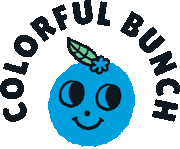
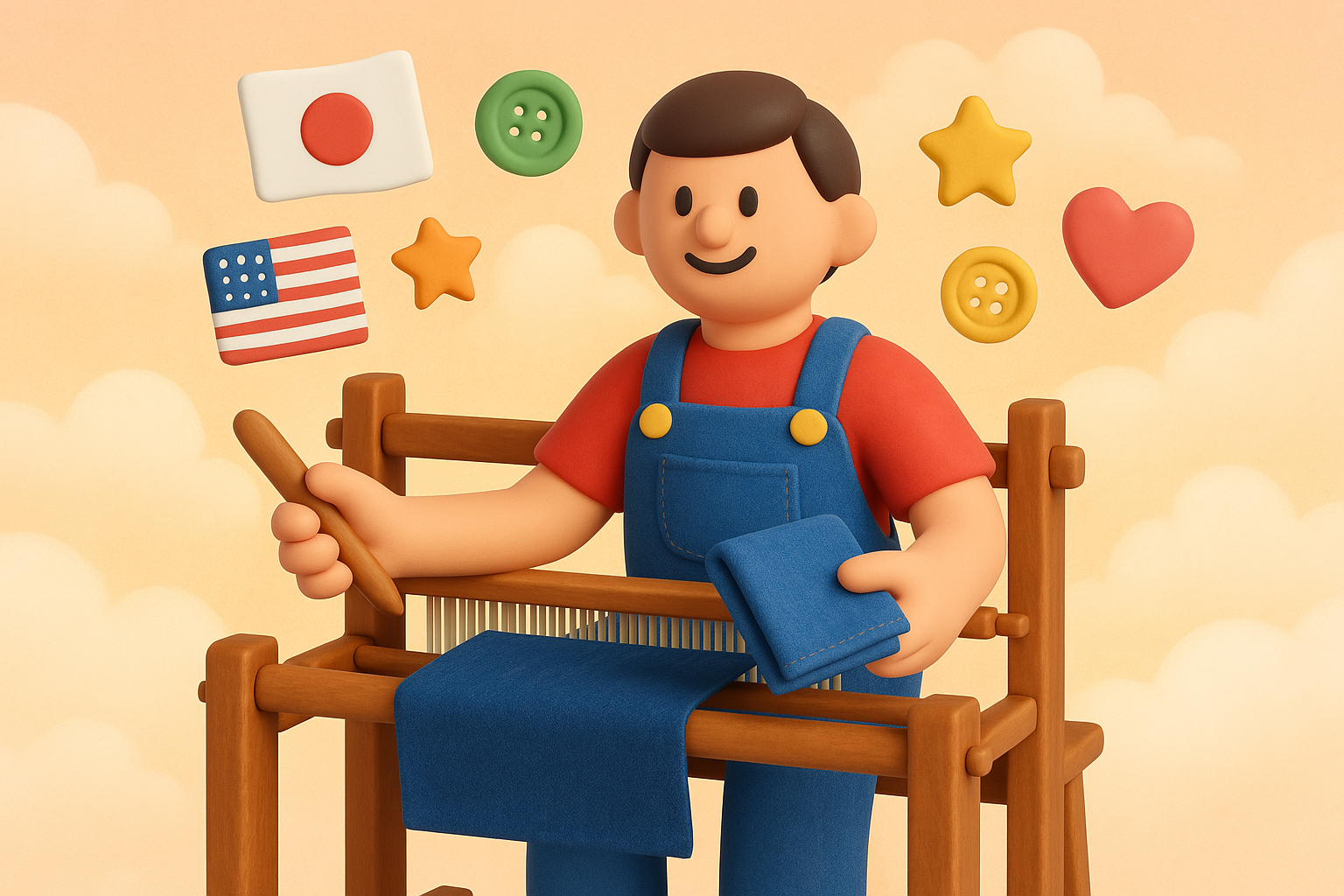
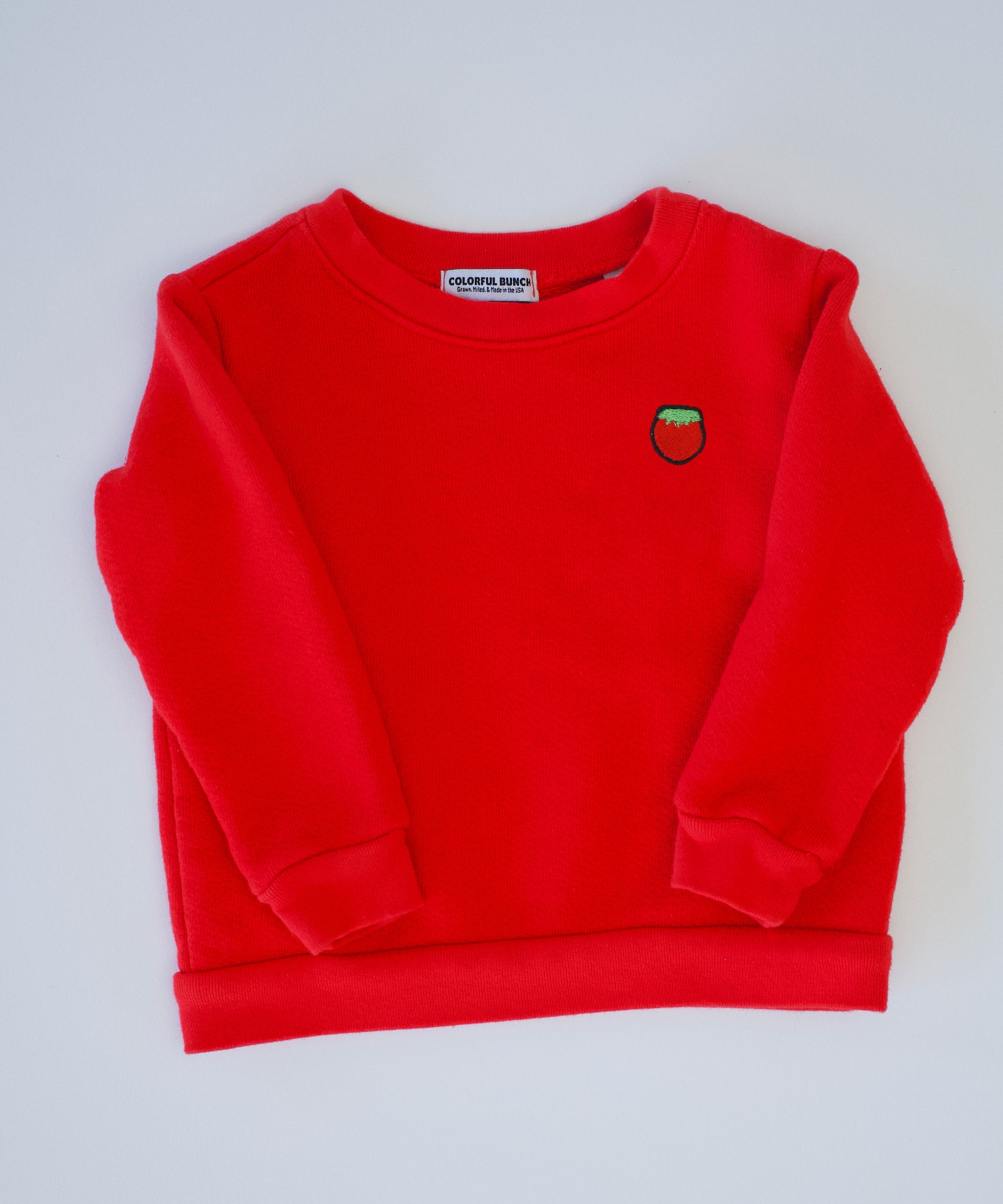

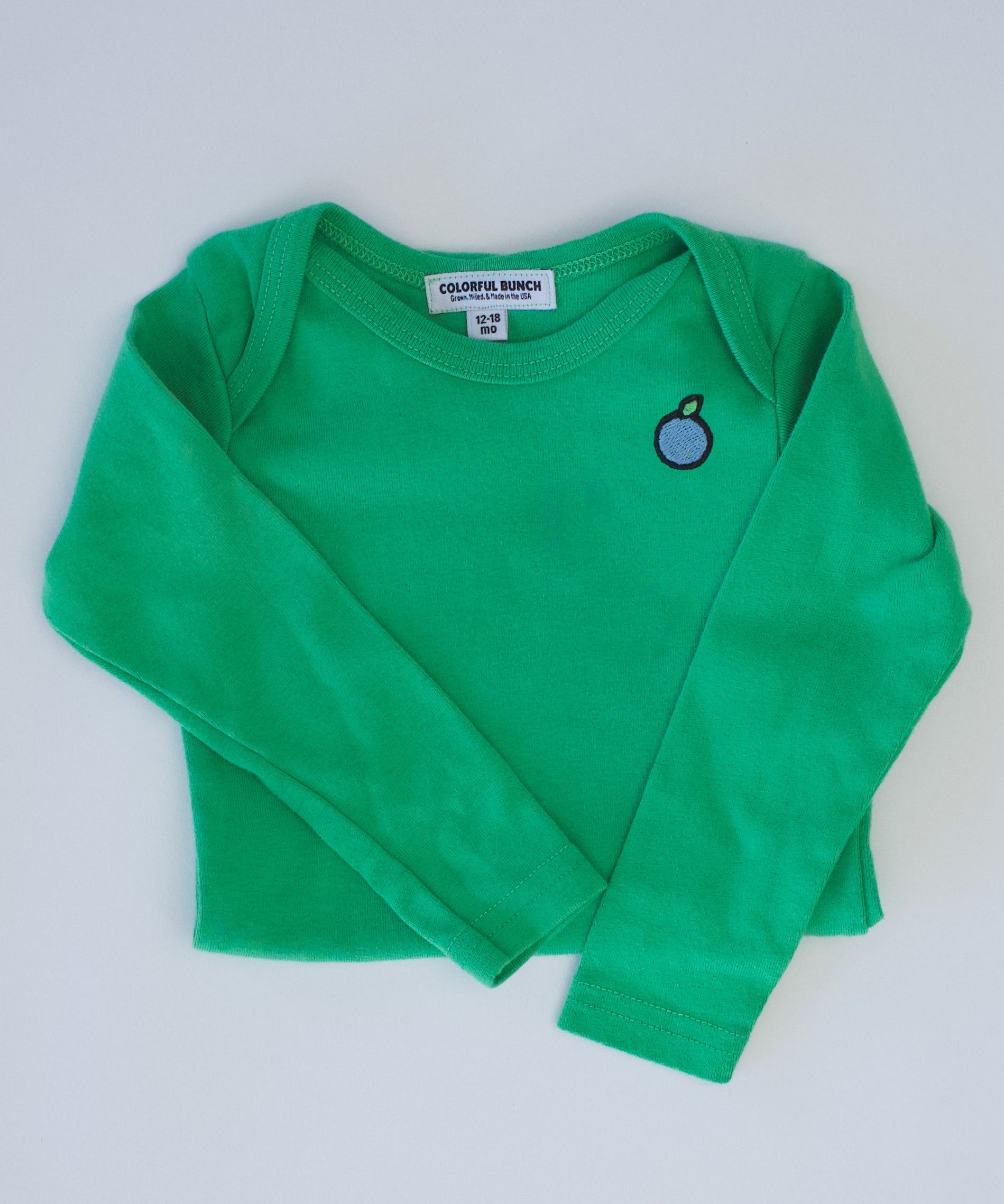
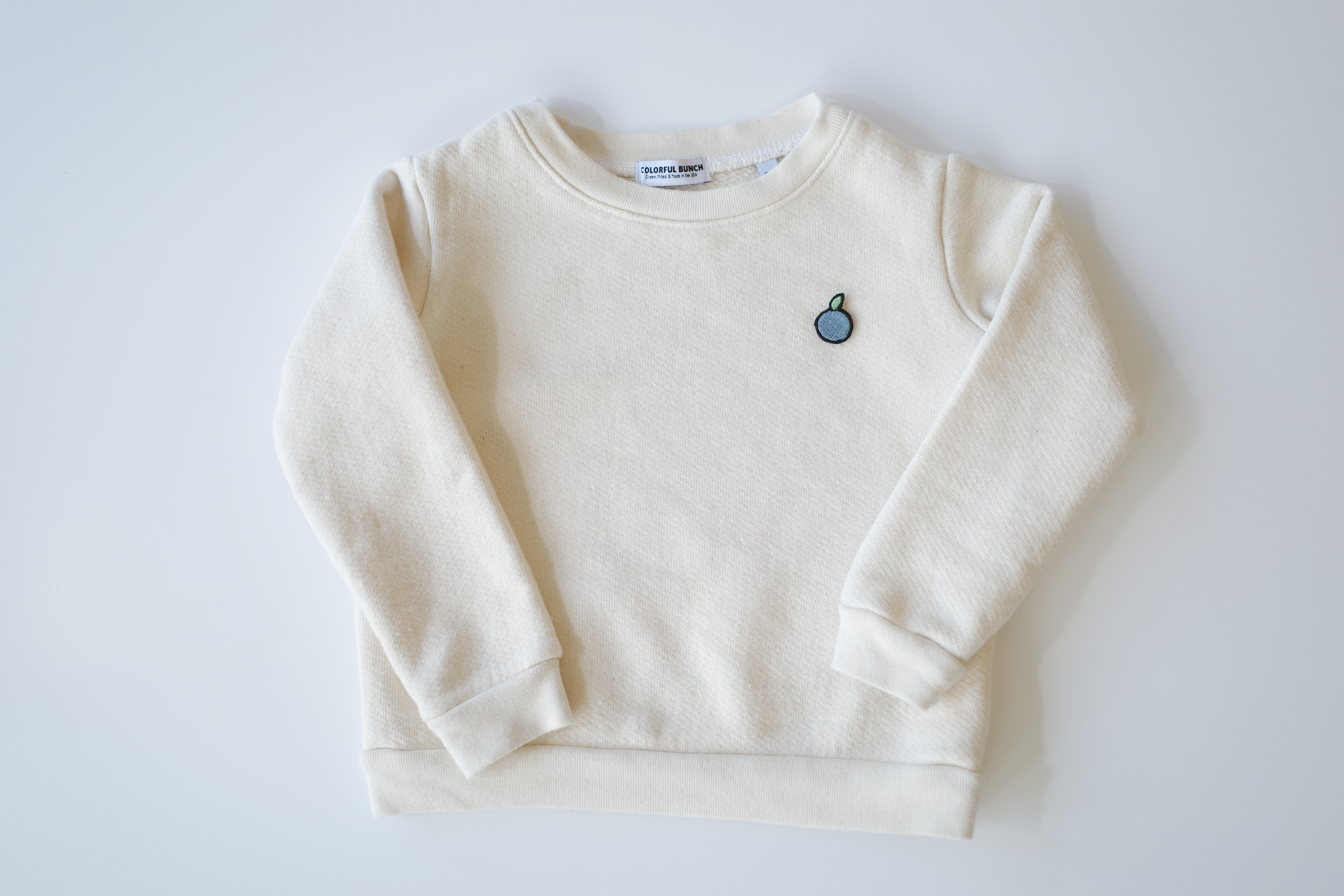
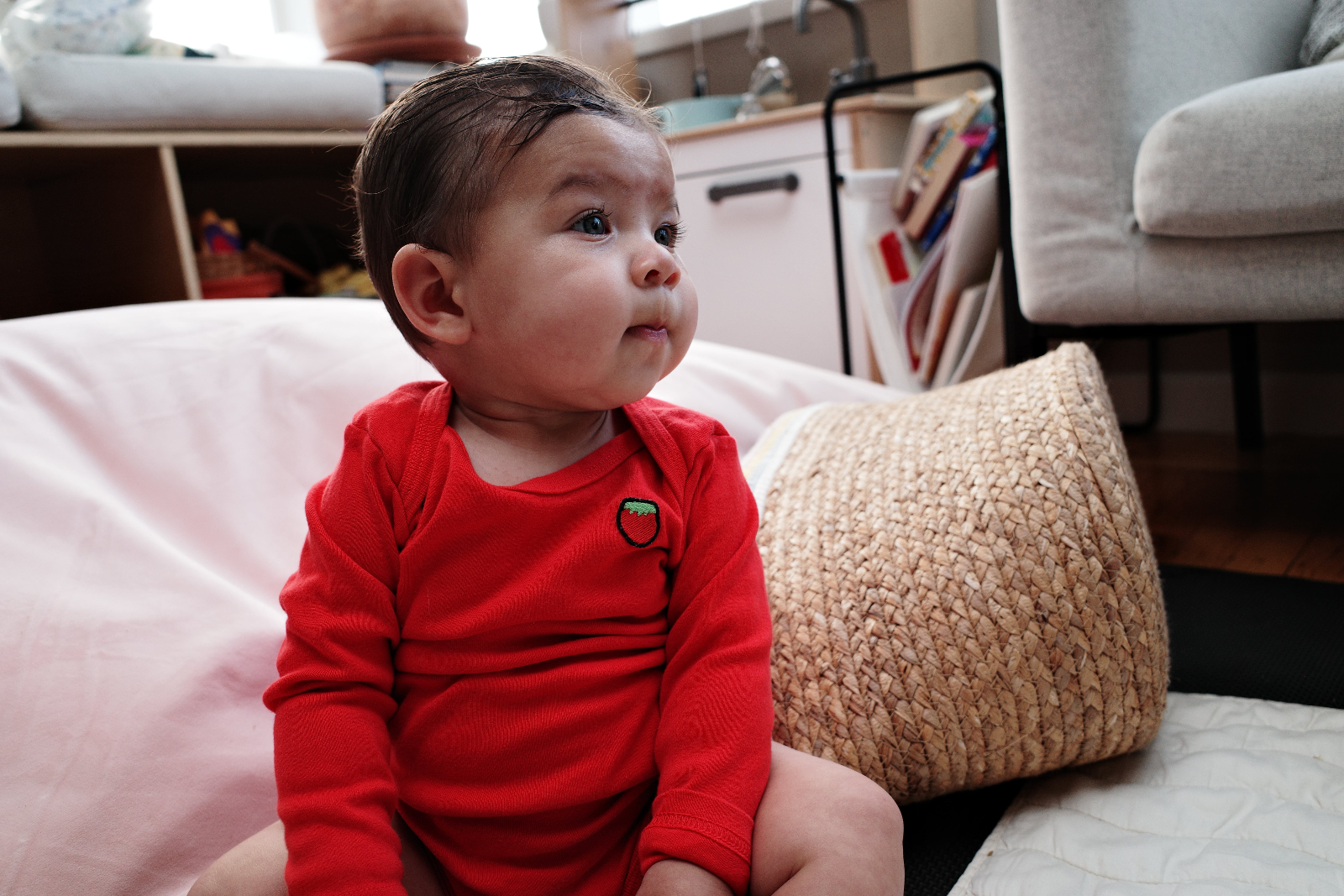
Leave a comment